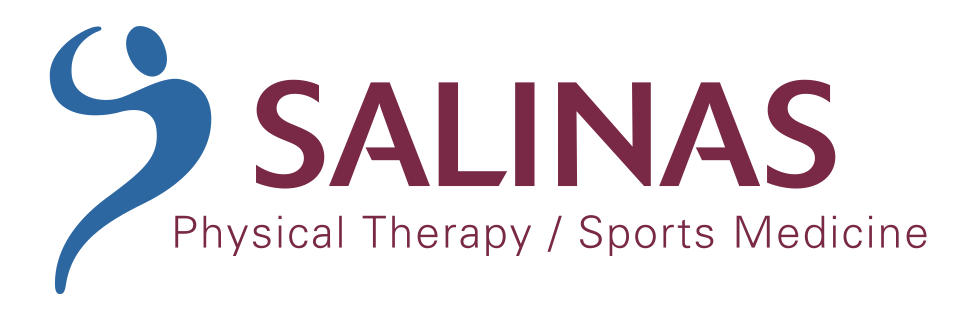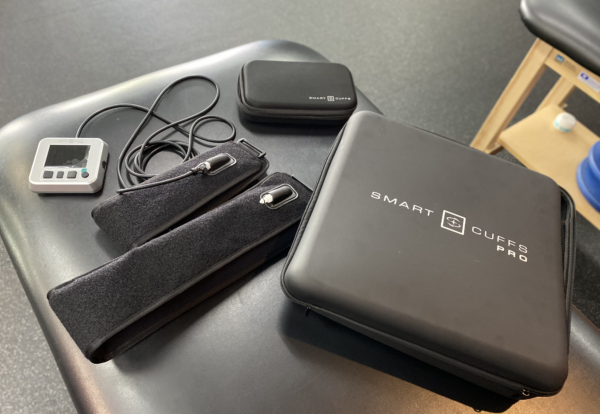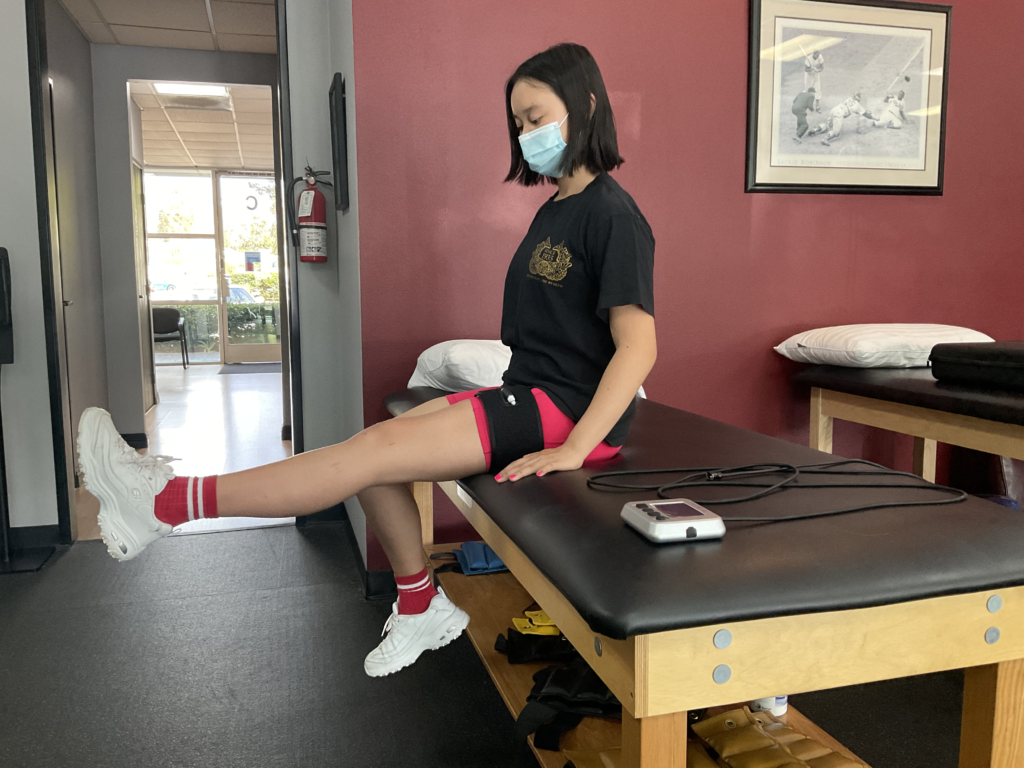Phone: (714) 695-1566
Fax: (714) 695-1553
Email: info@salinaspt.com
23655 Via Del Rio, Suite C
Yorba Linda, CA 92887

Phone: (714) 695-1566
Fax: (714) 695-1553
Email: info@salinaspt.com
23655 Via Del Rio, Suite C
Yorba Linda, CA 92887

Blood Flow Restriction Training is receiving a lot of attention in the fitness, sports, and rehabilitation industries. In fact, a recent Google search inquiry resulted in over 21 million hits from people searching the term.
This is probably because we’ve recently seen high-profile athletes using blood flow restriction in their strength training programs. You may have heard of the famed Alex Smith, former NFL quarterback for the San Francisco 49ers, who suffered from a severe fracture of his lower leg. Instead of having a potentially career-ending injury, intervention with BFR was a critical component of his recovery and eventual return to play.
Over the years we’ve seen trends make their way in, and out of the world of rehabilitation. However, BFR research has been going on for over two decades. We’re here to let you know the dust has settled and the results coming in are very promising.
BFR Training is a technique that uses an inflatable tourniquet or cuff to limit blood flow to a particular limb. By occluding blood flow we are able to create a signal that mimics the effects of high-intensity exercise. This is beneficial because we can now achieve similar muscle strength and growth as traditional weight training at lower intensities. This is extremely helpful during rehabilitation because we cannot prescribe high-intensity exercise to the healing tissue following an injury or surgery.
During the early phases of rehabilitation heavy loads are not tolerated well by healing tissue. For example: After most surgical procedures or injuries we must respect the body’s natural healing process. At this phase of the healing process, we have to implement exercises with a lower load – meaning less weight applied. Unfortunately, these lower loaded exercises are not heavy enough to induce muscle hypertrophy or strength that is required to regain stability and function. By adding blood flow restriction to the same low load, we can now achieve significant strength and hypertrophy gains in a shorter amount of time while simultaneously protecting the healing tissue.
It’s generally accepted that building muscle mass requires high-intensity training using loads of at least 70% of your maximum capacity. So, How does it work?
Our current understanding is that BFR training works by the indirect effect of metabolic stress created by the hypoxic (oxygen deficient) environment from exercising with limited arterial flow. This causes greater fatigue, muscle activation, and also signals pathways that lead to muscular adaptations compared to exercise without BFR.
Muscles gain their strength in three ways:
Blood Flow Restriction taps into metabolic muscle growth by restricting the blood flow to the arm or leg mimicking a similar response to lifting heavy weights.
One of the primary impairments we treat in our clinic is pain. For example, we often see patients with knee pain who are unable to perform loaded squatting exercises to make the necessary strength gains. In a study of 80 participants, 2 groups performed leg press and leg extension exercises. The BFR group used 30% of a one repetition max (1RM) and the other group used 70% of a 1RM. With the use of BFR training, the study showed that compared with standard quadriceps strengthening, low load BFR training produced a greater reduction in pain while simultaneously building muscle.
In a recent study of women with osteoarthritis, BFR training has shown similar results compared to high resistance in relation to increasing muscle strength and function. It was also able to improve pain while reducing knee stress.

One of the primary issues following ACL reconstruction is quadriceps muscle inhibition and weakness. We often struggle to regain the function of the quadriceps muscle after surgery. A randomized study of 44 subjects showed that the group using BFR training showed a significant increase in muscular strength compared to the group using traditional methods.
Blood flow training should not be used in all scenarios. People with high blood pressure, varicose veins, diabetes, clotting disorders, and various forms of cardiovascular disease may not be appropriate for BFR training. There are very specific parameters to be used to achieve optimal results in a safe manner. We advise consulting with trained professionals and your primary physician before considering the use of BFR training.
BFR training, when used appropriately, is another great tool we can use to help our clients recover and reach their goals in a more timely fashion. During the early healing phase we can prevent the effects of pain swelling and immobilization. As adequate healing occurs, we can then transition easier to more formal modes of strengthening. While working with lighter loads may spare your joints and protect healing tissue, there is no substitute for heavier loads to build strength in the ligaments, tendons, and enhance bone density.
With so much buzz surrounding BFR technology it is important to get sound advice from a professional before stepping into the deep end. Our therapists are certified and trained on how to properly use blood flow restriction training. Contact our office to learn if you are a candidate.